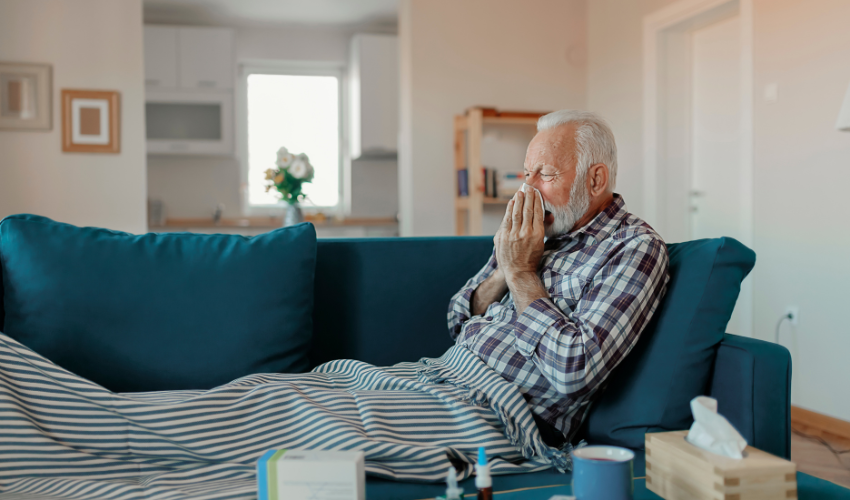The Victorian Government recently announced a short-term funding extension for some of its state funded general practice respiratory clinics. However, they are expected to eventually close their doors.
For general practices, you may see an increase in presentations for those needing respiratory assessment and treatment. Here are some ideas that might help.
For all patients:
- continue screening questions to avoid infectious and non-infectious patients mixing in waiting rooms
- have dedicated waiting areas for infectious patients, inside or outside
- have clear infection control protocols in place
- make sure all staff are up-to-date with COVID-19 boosters and influenza vaccinations
- provide appropriate PPE for practice staff and clinicians
- consider ventilation requirements.
For infectious respiratory patients:
Broadly speaking there are four main models of care for seeing infectious respiratory patients face-to-face. Consider which one(s) are suitable for your practice. They are:
- A dedicated indoor isolation/infectious room with separate waiting area.
- Dedicated times to see respiratory patients in usual indoor areas, with a buffer period before non-respiratory patients arrive.
- A dedicated outdoor room, shed, pod or tent and waiting area for respiratory patients.
- A dedicated outdoor waiting area and contact with reception and clinicians bringing patients directly into usual consulting rooms.
Practical tips for PCR testing
COVID-19 testing with RATs is suitable for the majority of people. However, some vulnerable people, especially those who qualify for antivirals, may still require PCR testing. Antivirals must be prescribed by Day 5 and some people have early negative RATs, so it is advised that patients with a respiratory illness and early negative RAT get a PCR test to double-check.
When GPRCs eventually close it will be more difficult to get PCR testing for patients who require it.
Here are some practical tips for PCR testing:
- Include in COVID-19 treatment plans clear advice on when to get a PCR test – for instance, if a patient with a respiratory illness is RAT-negative on Day 3
- Decide what to tell patients about where to get a PCR test and include this on the COVID-19 treatment plan.
- Encourage telehealth appointments to arrange any pathology forms
- Offer testing on site
- Use a local laboratory testing site – see this map for locations
- Give patients a pre-prepared PCR test kit and pathology form to self-test as and when instructed
- Have self-test PCR kits and pathology forms available for collection outside the practice
